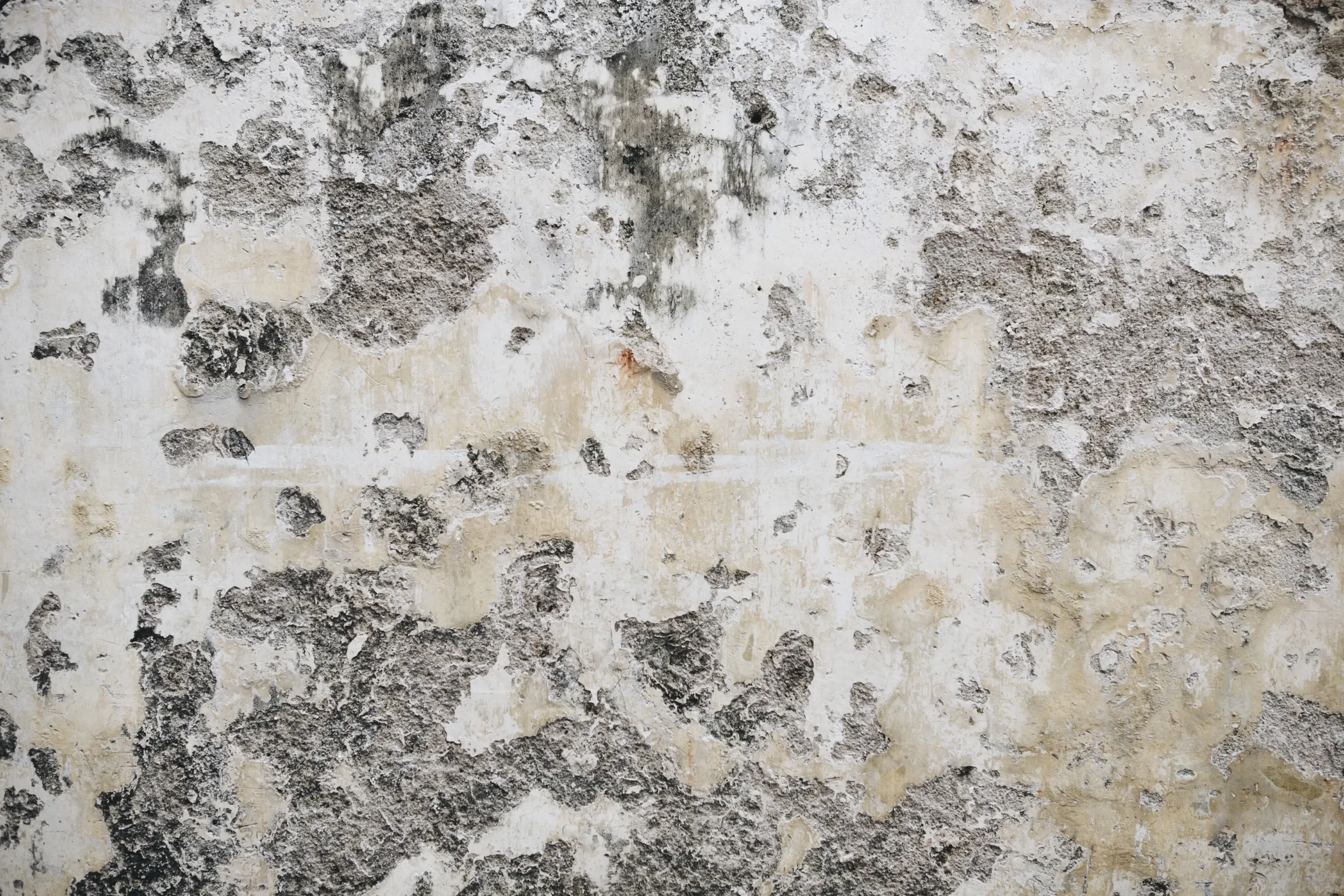What do condensation and mould look like?
Most of us will be familiar with having to wipe down our windows during the winter months, following the build-up of water. This occurs as our windows are less thermally efficient than the surrounding walls. If ignored, this can lead to the deterioration of our decorative condition of the property. Stained curtains decay in window frames, and the appearance of mould on the surface of wallpapers and paints in poorly ventilated areas. Condensation tends to manifest itself on the north face of the property. This is because it gets less sun, so they are naturally colder, which creates conditions that are favourable for condensation associated mould growth.
Other areas which tend to be prone to condensation is behind large furniture items such as beds, sofas and wardrobes, where they are pushed up against the external walls. This is because they restrict air circulation, so the conditions in those areas are increasingly influenced by the cold external walls.
Other places to look can be at high levels, where the air can stagnate in corners, and the air movement is not as great. At its most severe, condensation can damage plaster and timber. Condensation can also occur under suspended timber floors and in roof voids, greatly increasing the chances of fungal decay. Rot. These areas are typically unheated and moisture laden. Air entering from the warm occupied spaces into these cold areas have the risk of condensing, causing problems.
So, what does mould look like? Well, that’s a difficult one to answer. There are hundreds of thousands of species of mould. Their appearance will vary. Some might be similar, some not so. But typically, we get less than 100in our homes. But different species will vary in colour. Different species of mould prefer different substrates, temperatures, and moisture content. Here are some typical examples of what mould might look like. We have gone through what condensation and mould typically look like. These are just some of the more common ways they may manifest themselves, but it won’t always look like this. However, the one key takeaway is that if you do see these telltale signs, it’s an indicator that something is out of balance within that internal environment and that further investigation is required.
